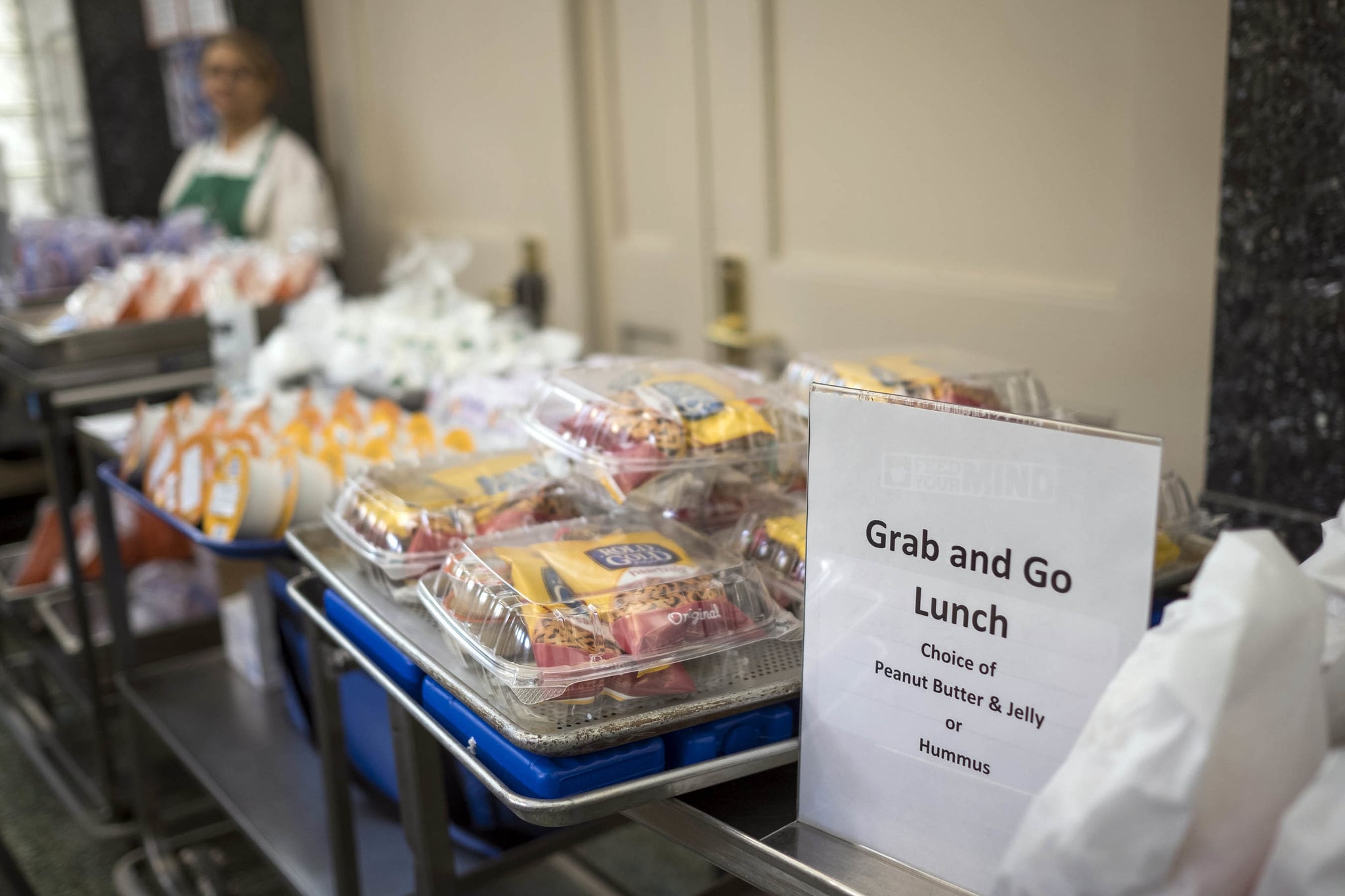We know that food insecurity increased dramatically across the country during the pandemic, yet there was a marked drop-off in school meals from pre-pandemic participation, including in NYC. We wanted to find out what was happening from the familys' point of view. In 25 1-hour focus groups, the Tisch Food Center interviewed parents of NYC school children who had received pandemic grab n’ go meals to understand their experiences.
Many parents were extremely grateful for being able to rely on school meals. This was especially true at the beginning of the COVID pandemic when there were fears over food safety, high unemployment, bare grocery store shelves, and even price gouging for food. However, for the majority, there were significant barriers to getting meals and meal acceptance by their children. Ultimately, due to a variety of reasons this resulted in a significant decline in full participation.
Results of the qualitative study suggest there were differences between those who continued to pick up meals and those who did not. Those who were more likely to continue had pick up locations that were close to their homes (within a few blocks or right across the street), had clear communication with the school about options, and often had bonus items offered with pickup (e.g. personal protective equipment or sanitary napkins). These families were also more likely to encounter school meal programs that adhered closely with the stated Department of Education (DOE) school foods menus, with higher variety, and be in communities that appeared to have higher social support. Those who scaled back were likely to have encountered communication barriers about where to go to pick up foods, had to go longer distances or at inconvenient times, and/or often cited that food was unappealing to their children or repetitive in ways that seemed inconsistent with what was on the stated DOE school foods menu. These families often expressed frustration in not knowing to whom their complaints should have been directed -- often stating that they did not want to waste food. Results of the quantitative analysis are still being analyzed.
It was known that prior to the COVID pandemic that the NYC DOE had historically been underfunded due to reliance on local taxes. This meant that NYC public school food services, as is happening in communities with limited tax bases, operated on tight budgets barely breaking even, and had unmet needs for things like supervision and staffing before the pandemic. Unfortunately, the COVID pandemic required a huge shift for all foodservice providers. NYC school foods also faced supply chain shortages, price increases, and disruptions, as well as COVID-related staffing challenges, in addition to having to completely shift their method of operations. Fixed costs remained high, with increases in food costs, and decreases in revenue, like reimbursable meals. Very little funding was allocated to compensate for additional needs of NYC school foods due to the pandemic, such as providing comprehensive multi-lingual marketing campaigns, making up for issues with the supply chain, or running the largest, longest emergency feeding operation in the nation. Finding ways to proactively address the concerns of public school families, while making the NYC school food system secure and resilient is urgently needed.
School meals are known to be the healthiest meals of the day for all Americans. Many in NYC have difficulty affording or even finding healthier options. With the ongoing challenges of COVID and climate change, it is imperative that NYC DOE have adequate funding, support, and mandates to build a resilient system of food service to provide culturally acceptable and nourishing meals to children, even during emergency situations.
Key Takeaways
- An estimated decline of 30-70% in NYC school meal participation during the COVID emergency demonstrates concerns with the underlying structural resilience; this may be reflective of trends nationally, especially in larger cities
- Understanding and consideration of the perspective of families with school meals clarified specific areas of concerns related to lack of ongoing funding and supervision
- Targeted federal, state, and local funding is necessary
- Research is needed to allocate funding to understand and provide culturally acceptable and nourishing meals to children, even during emergency situations.
